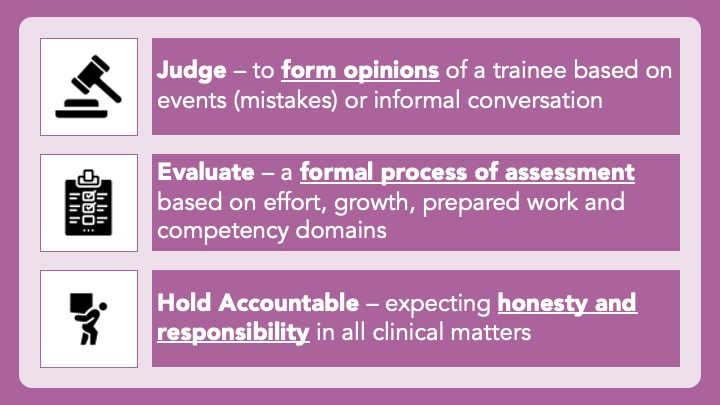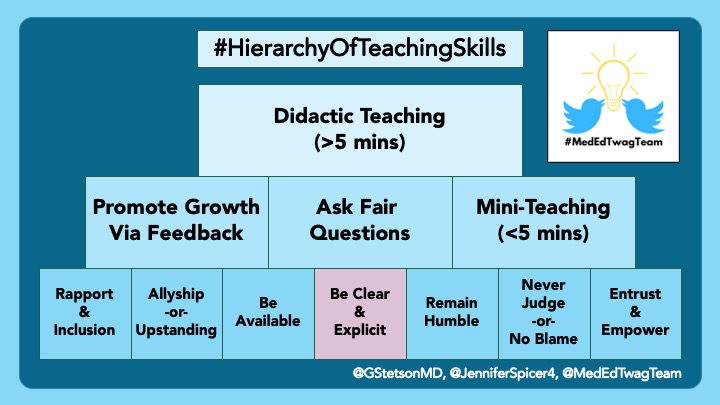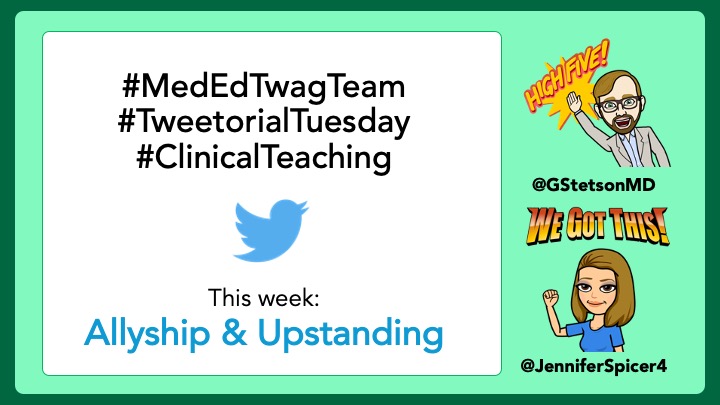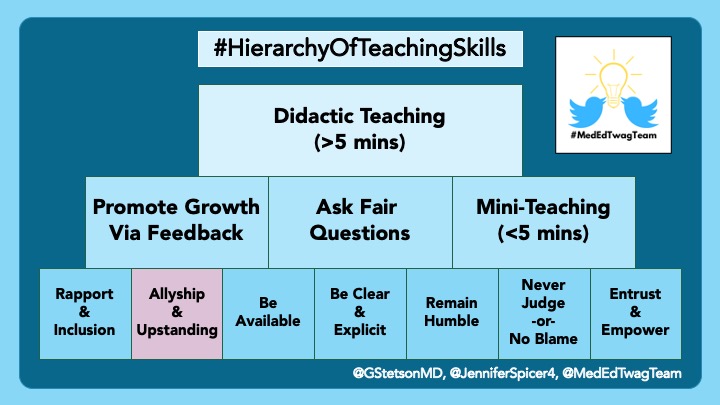
1/ Formative Feedback? Say whaaaat?
Hey #MedTwitter & #MedEd Friends!
We are the #MedEdTwagTeam back again for another #TweetorialTuesday!
Thanks for joining us!
Follow: @GStetsonMD, @JenniferSpicer4, & @MedEdTwagTeam to stay up to date.
Hey #MedTwitter & #MedEd Friends!
We are the #MedEdTwagTeam back again for another #TweetorialTuesday!
Thanks for joining us!
Follow: @GStetsonMD, @JenniferSpicer4, & @MedEdTwagTeam to stay up to date.

2/ Today we are going to be breaking down #FormativeFeedback.
What it is, how we think about it, and how to implement it.
As always, any questions or thoughts, please reply to this thread. We LOVE it!
What it is, how we think about it, and how to implement it.
As always, any questions or thoughts, please reply to this thread. We LOVE it!

3/ So, what is #FormativeFeedback, you ask?
This is information that is given to a learner that enables them to make needed changes before the end of the course/rotation.
pubmed.ncbi.nlm.nih.gov/22730899/
This is information that is given to a learner that enables them to make needed changes before the end of the course/rotation.
pubmed.ncbi.nlm.nih.gov/22730899/

4/ It is our opinion that #FormativeFeedback is the most important kind of feedback. This is where you get a chance to alter a learner’s trajectory and watch change happen in real time. You get to help them FORM.
5/ What does this mean in practice?
Back in week 2, we explained coaching as a way to frame a feedback culture. While that may be a little abstract, #FormativeFeedback is how the idea of coaching becomes practical.
(@ETSshow, the GIF is for you)
Back in week 2, we explained coaching as a way to frame a feedback culture. While that may be a little abstract, #FormativeFeedback is how the idea of coaching becomes practical.
(@ETSshow, the GIF is for you)
https://twitter.com/GStetsonMD/status/1361722281324642305
6/ Watling and Ginsberg describe the bridge between coaching and formative feedback well (we will touch on assessment a little later today, as well as next week):
pubmed.ncbi.nlm.nih.gov/30073692/
pubmed.ncbi.nlm.nih.gov/30073692/

7/ If we go back to the coaching literature, the approach is four steps.
When done right, Coaching & #FormativeFeedback is a perpetual process.
When done right, Coaching & #FormativeFeedback is a perpetual process.
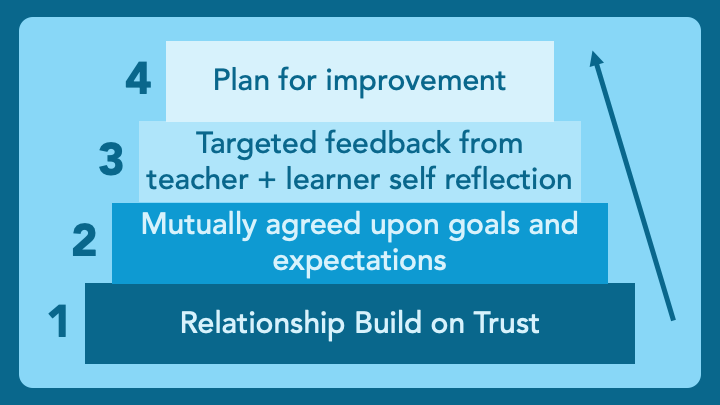
8/ I am a hospitalist and @JenniferSpicer4 runs inpatient ID teams. When we are on with a team for 2 weeks at a time, this is how frequently we engage in #FormativeFeedback. If you teach in an outpatient setting, you can extrapolate these ideas to fit your practice. 

9/ When coaching, you should still use the delivery methods we discussed last week.
But, then what is unique about #FormativeFeedback or coaching, one might ask?:
But, then what is unique about #FormativeFeedback or coaching, one might ask?:

10/ So, back to this assessment thing. That Watling and Ginsberg paper does an excellent job laying out this problem.
Teachers and learners end up in a tough spot when the person who is charged with coaching is also the one handing out evaluations.
Teachers and learners end up in a tough spot when the person who is charged with coaching is also the one handing out evaluations.

11/ How can you counteract this? Two main ways:
1⃣Explain the purpose of your feedback
2⃣Tie evaluation to growth (something we talked about back in week 2)
1⃣Explain the purpose of your feedback
2⃣Tie evaluation to growth (something we talked about back in week 2)

12/ However, what is likely the best solution to this conundrum is systemic change:
⭐️Elimination of grades
⭐️Different people serving as coaches and evaluators
And more…
Check out paper here for 💡
This is beyond our scope, but important to note.
pubmed.ncbi.nlm.nih.gov/30113359/
⭐️Elimination of grades
⭐️Different people serving as coaches and evaluators
And more…
Check out paper here for 💡
This is beyond our scope, but important to note.
pubmed.ncbi.nlm.nih.gov/30113359/
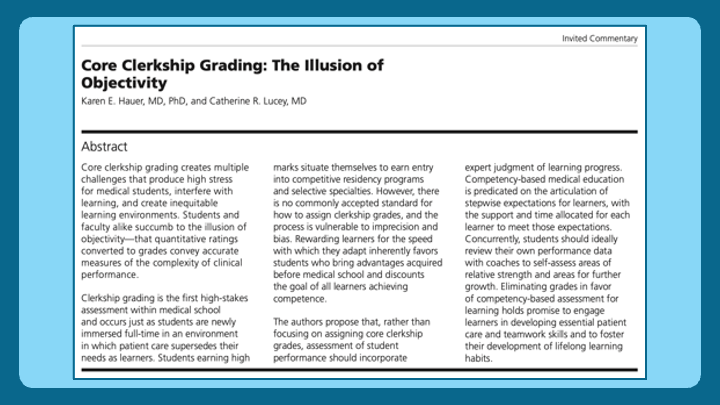
13/ Thanks again for joining us today! Any questions, comments, #Feedback, just reply to this tweet.
Come back next #TweetorialTuesday when @JenniferSpicer4 is going to outline #SummativeFeedback for us.
Have a great week!
Come back next #TweetorialTuesday when @JenniferSpicer4 is going to outline #SummativeFeedback for us.
Have a great week!

• • •
Missing some Tweet in this thread? You can try to
force a refresh






